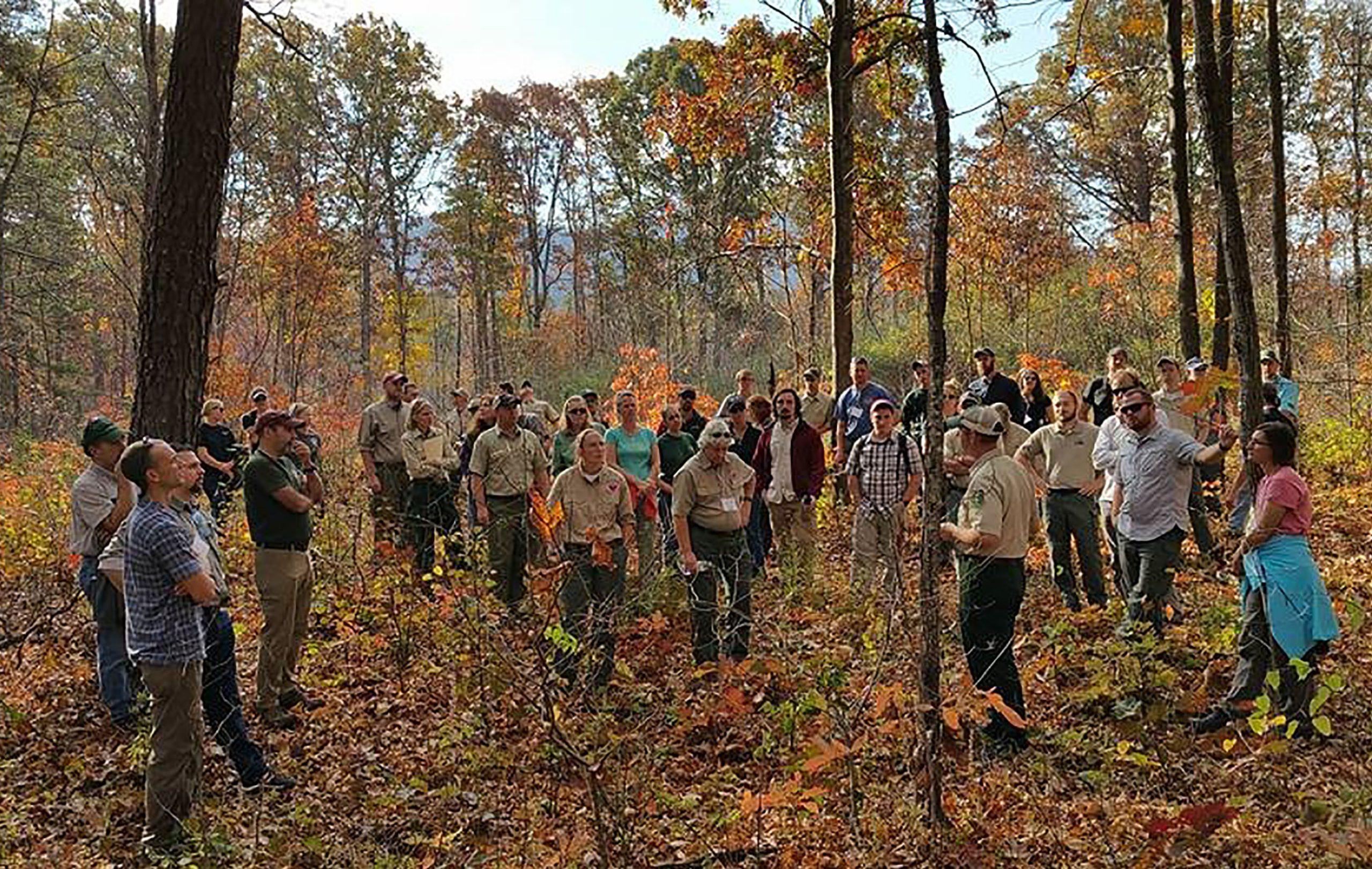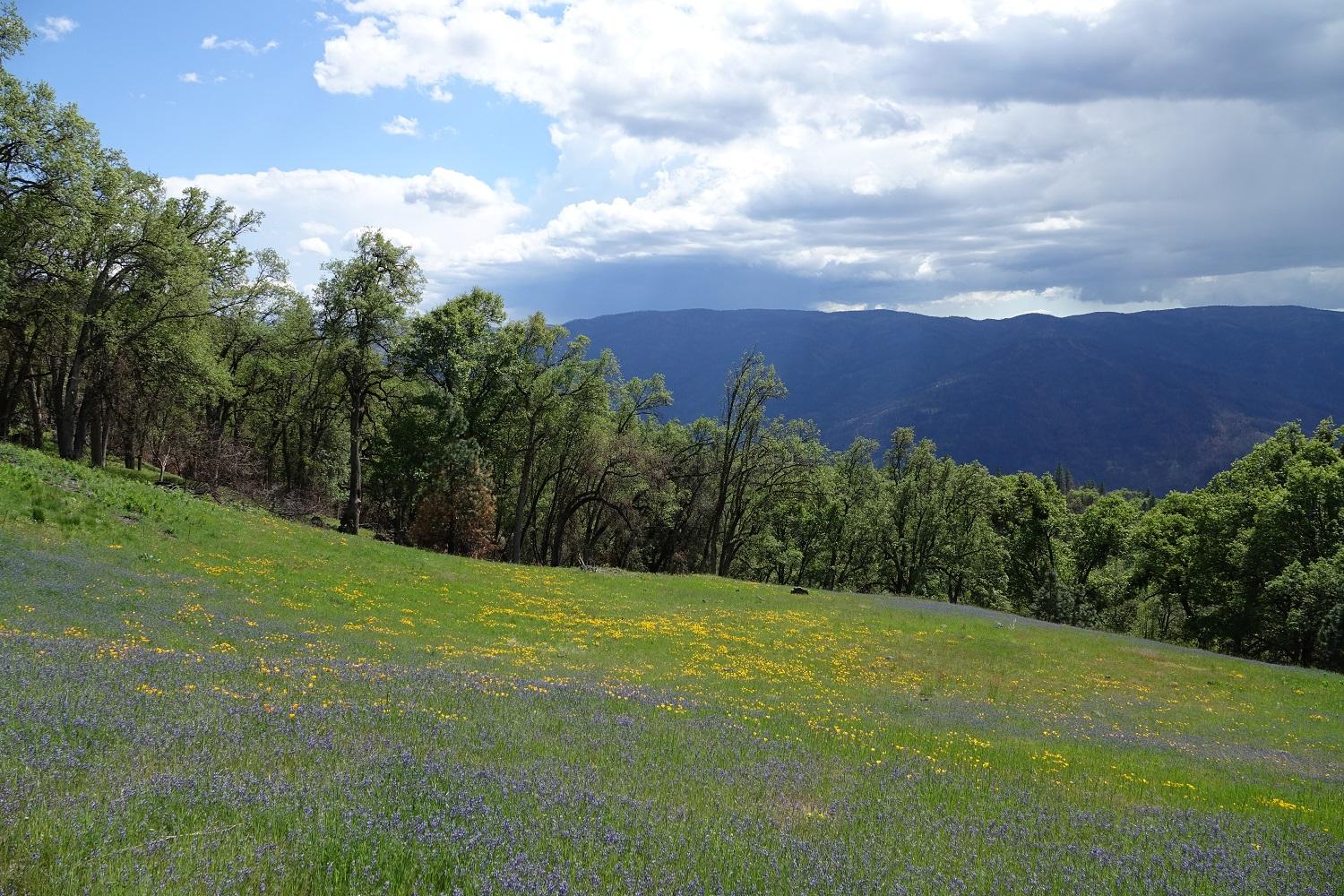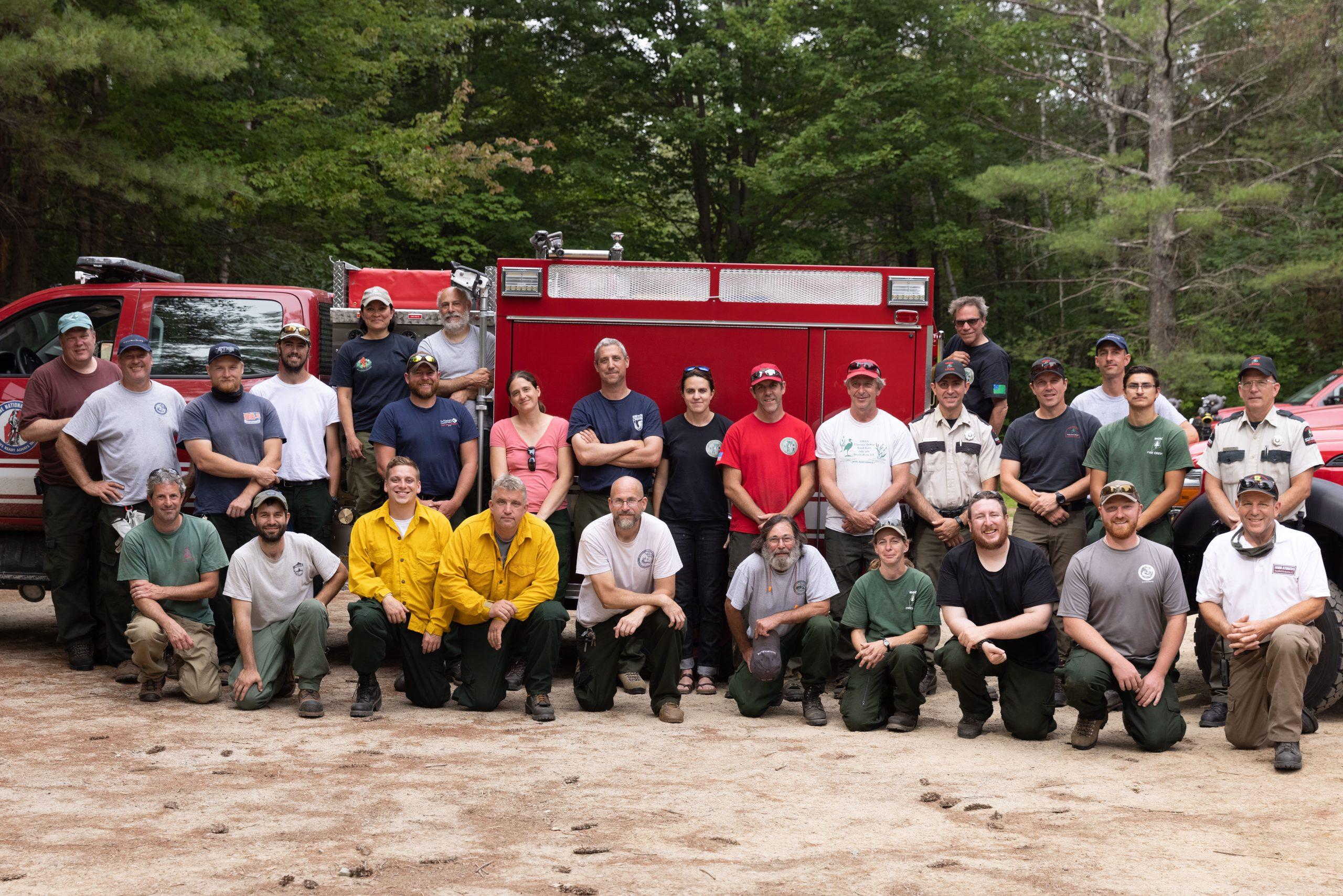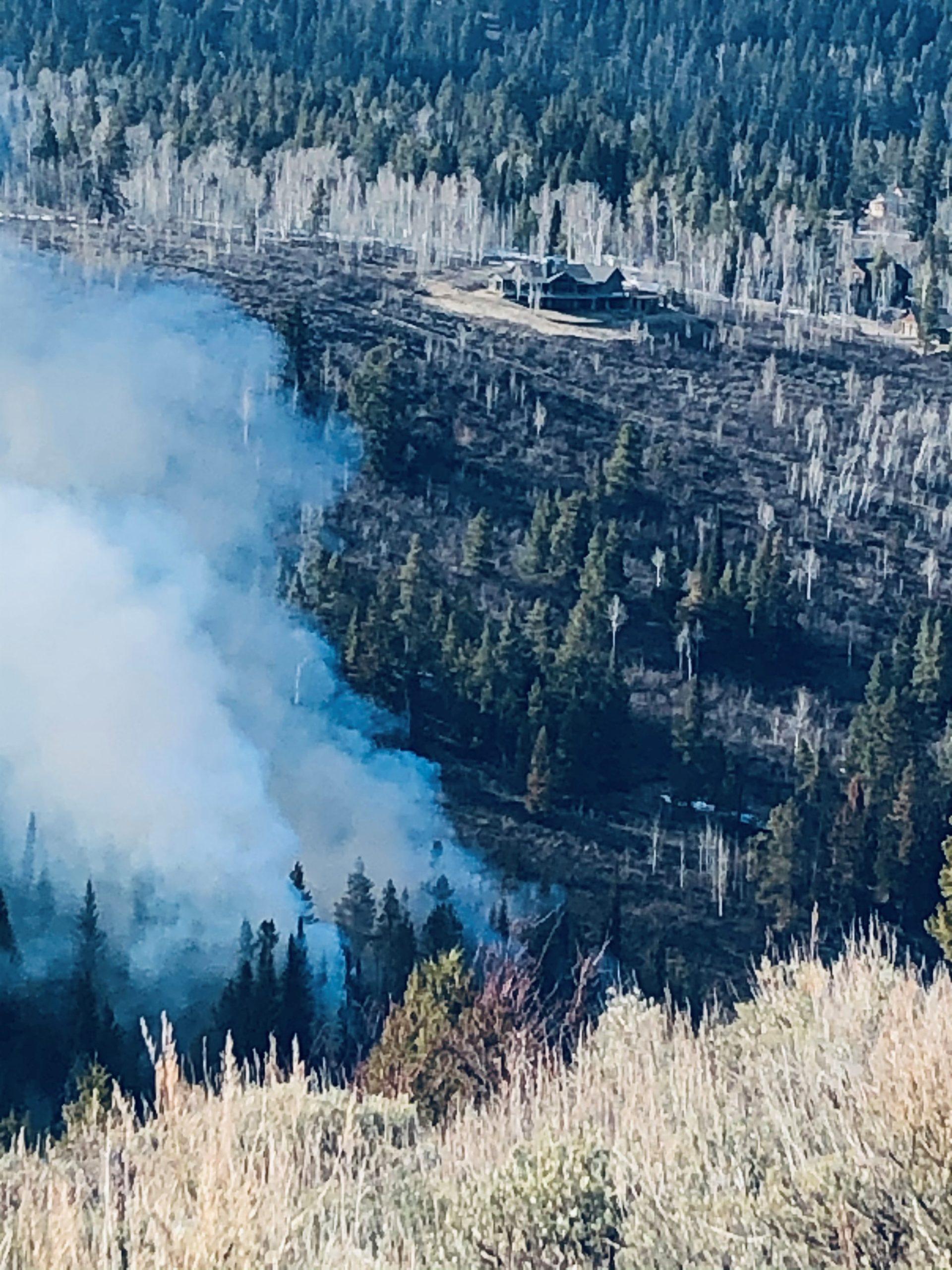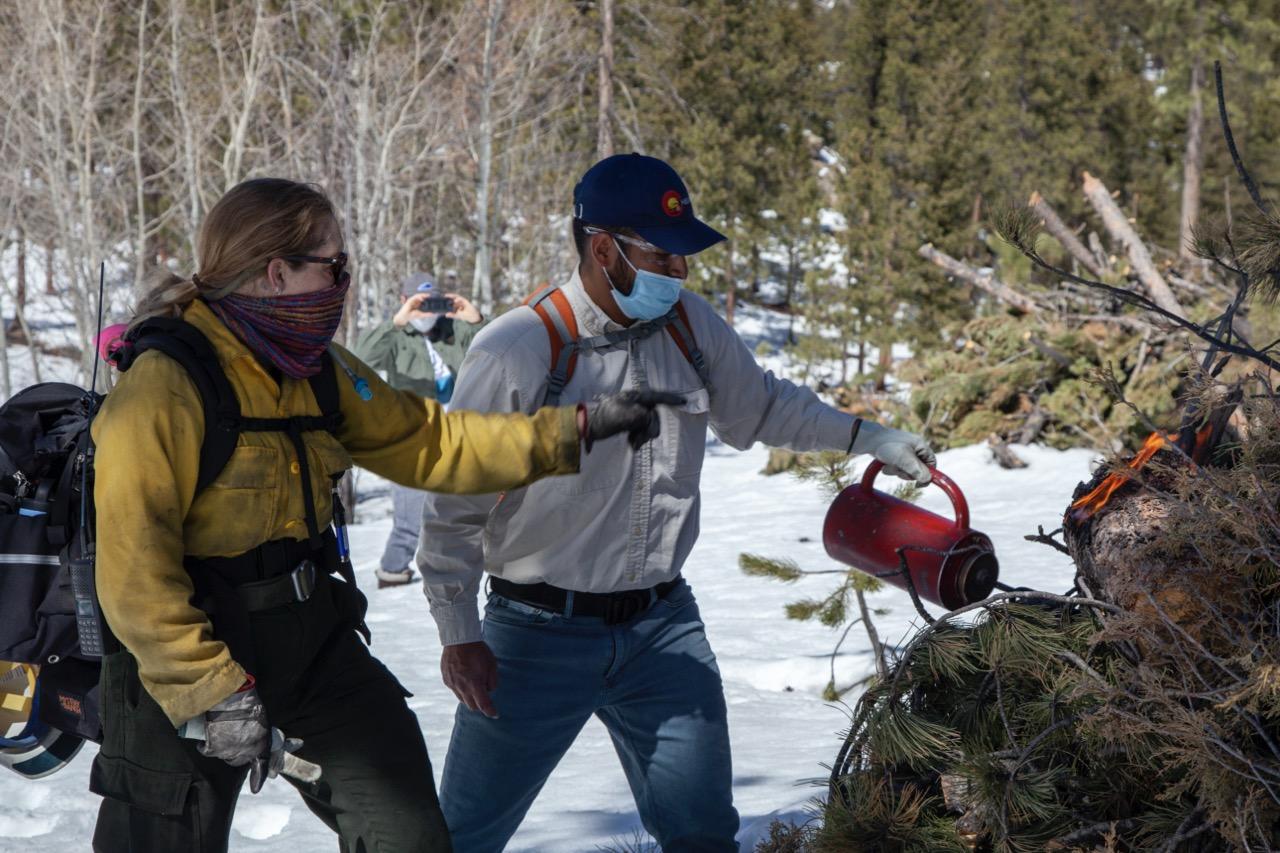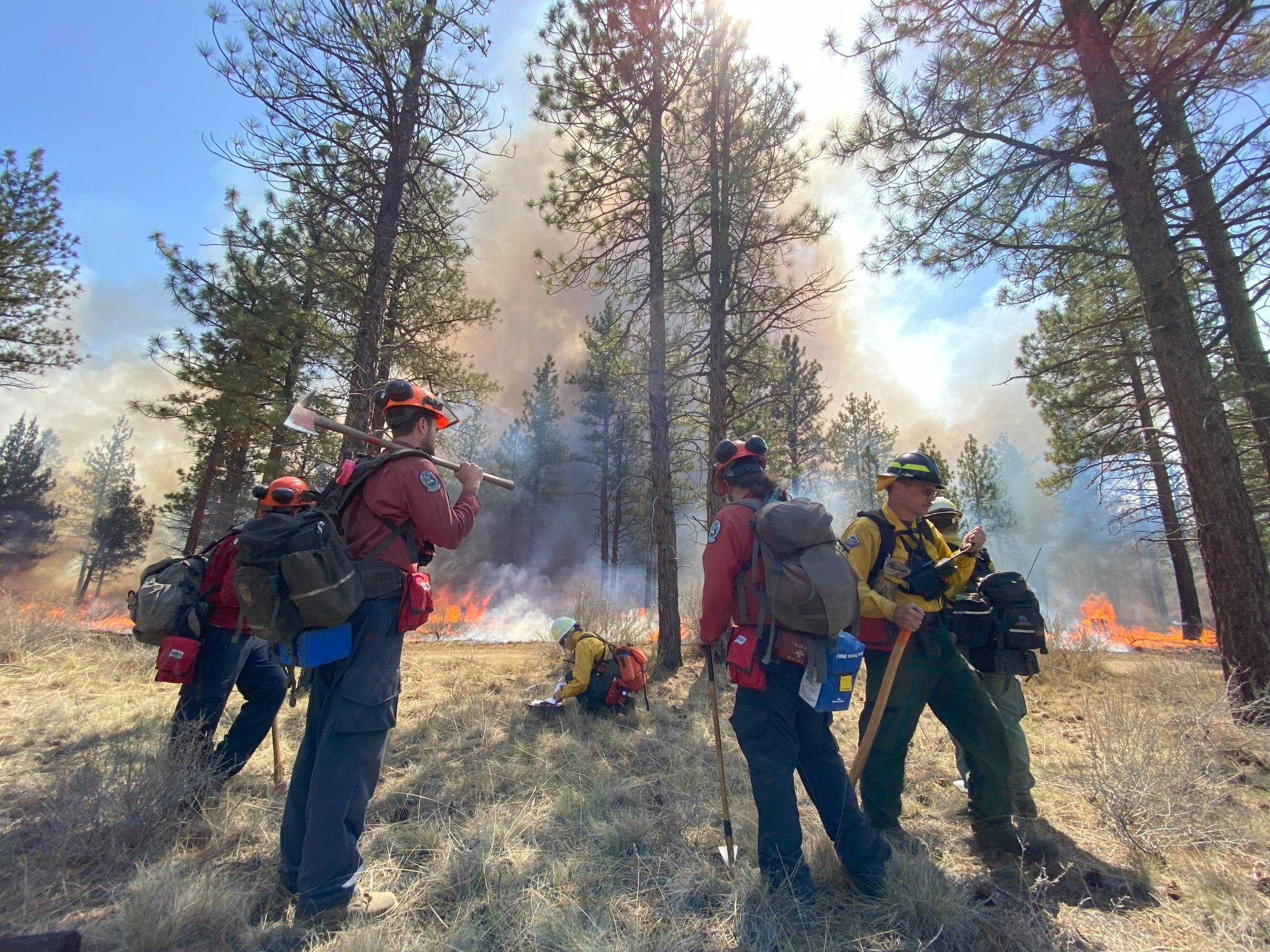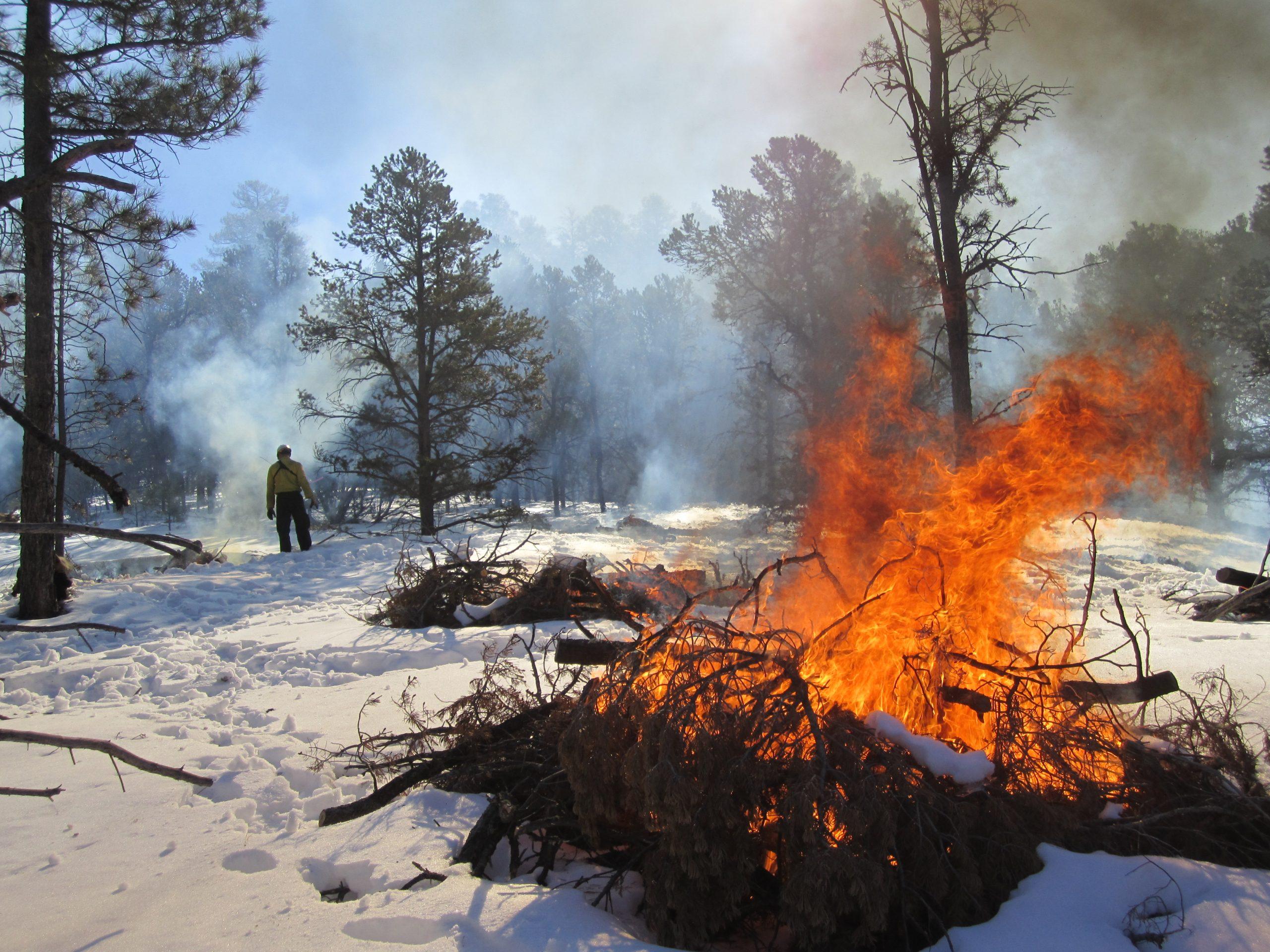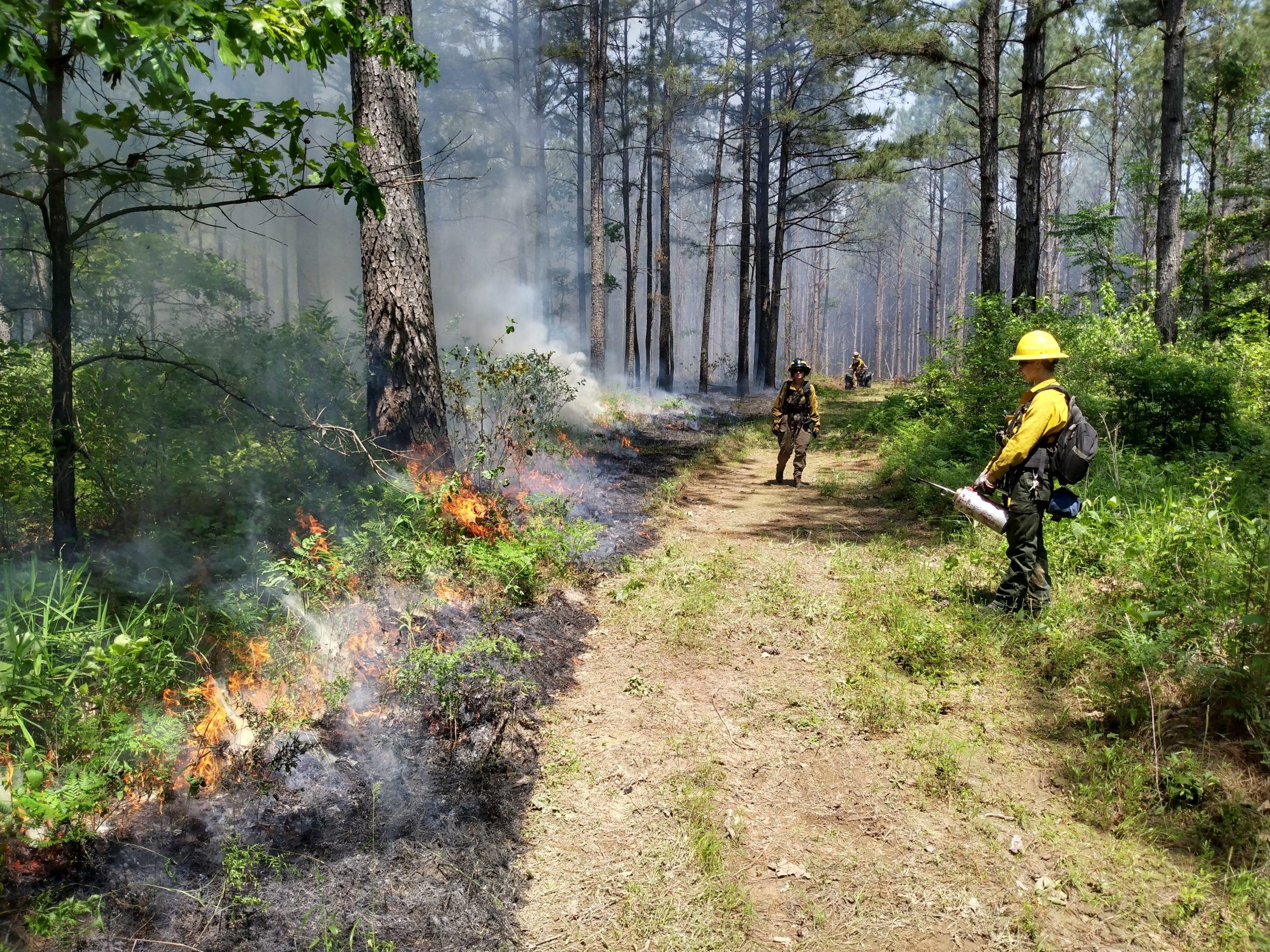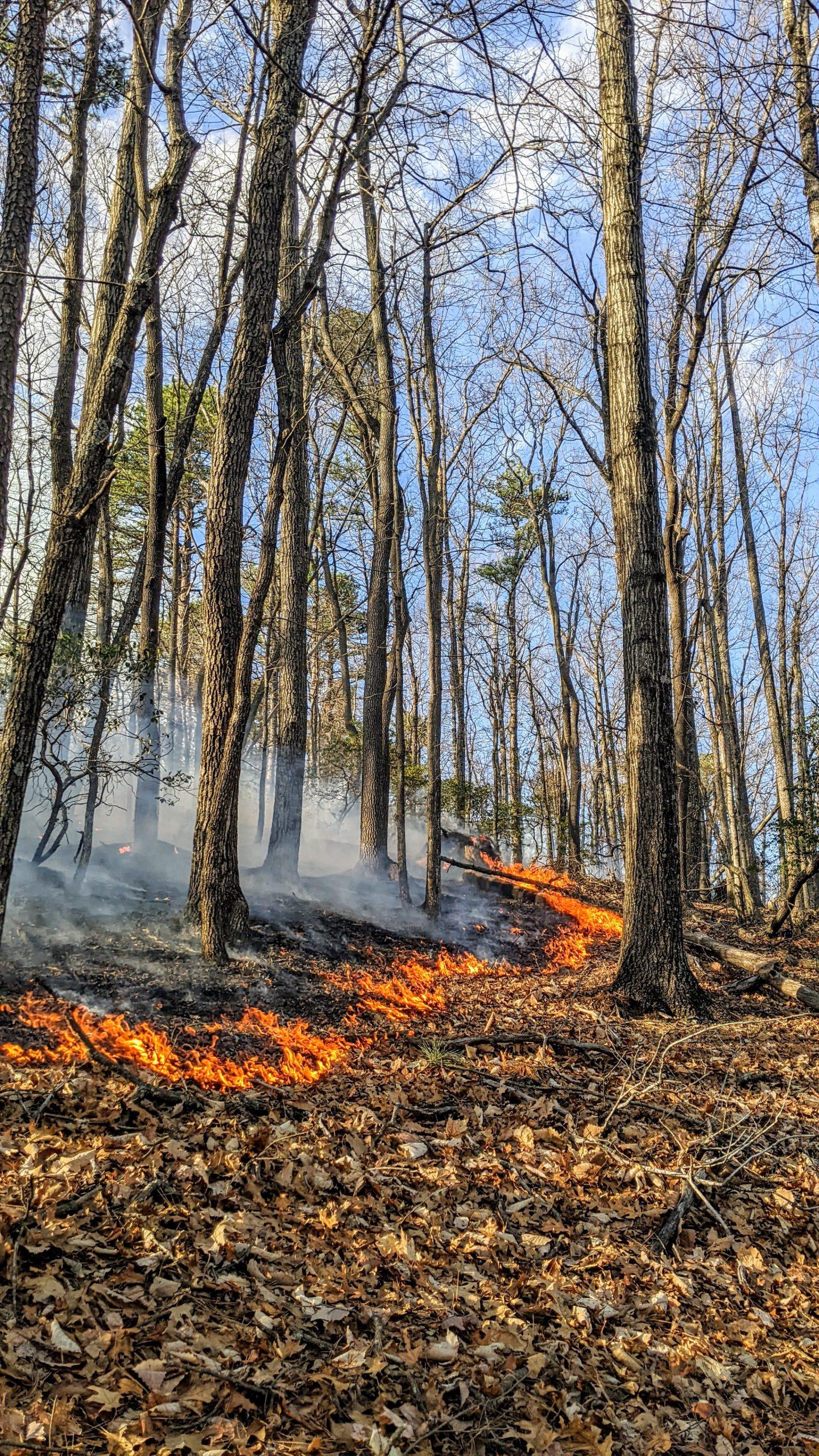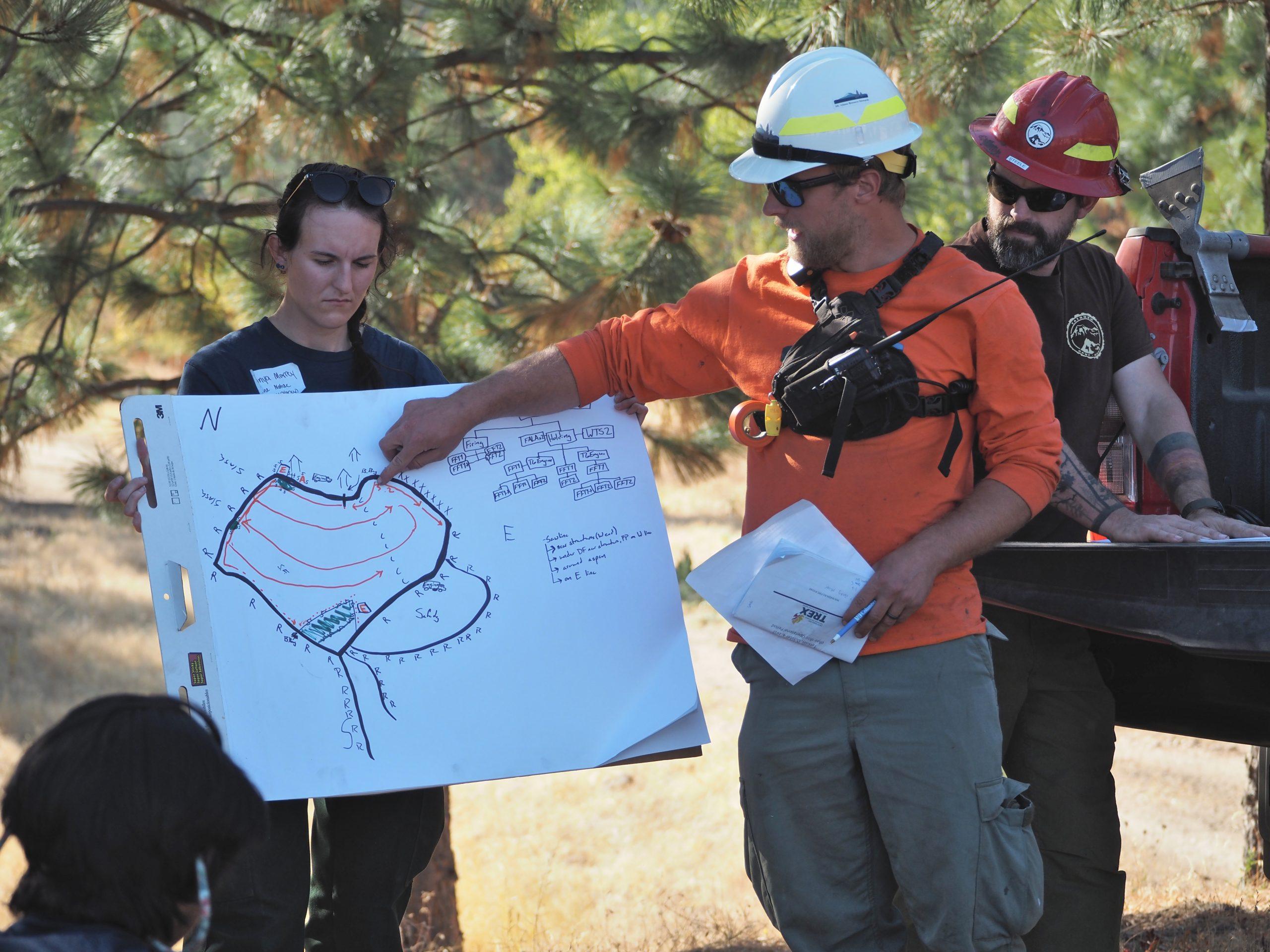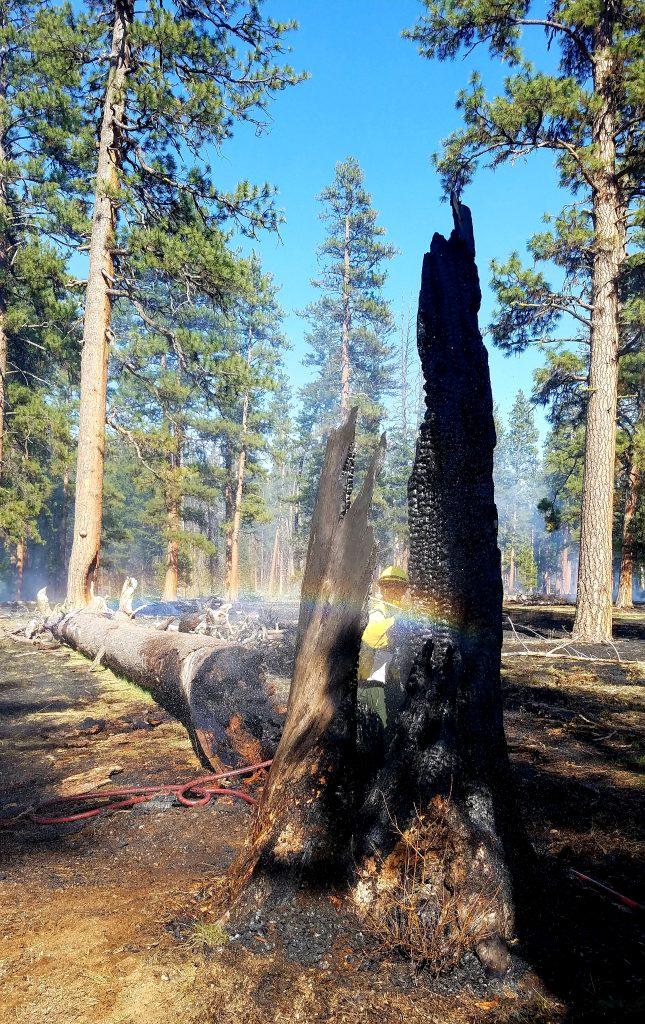
Great Plains FLN

The Great Plains has a rich history of fire. Both lightning and human use of fire has maintained healthy and productive prairies and grasslands for thousands of years in this region, historically one of the largest temperate grassland systems in the world running from southern Canada to the Gulf Coast of Texas. After a long period of widespread fire exclusion policies following settlement of the area by Europeans, contemporary managers are again adopting fire as a tool to restore and maintain healthy grasslands, for native species and working ranches.
A number of government agencies and non-profit organizations, as well as private landowners and prescribed burn associations, dedicate resources to building prescribed fire capacity throughout the Great Plains. In the Great Plains Fire Learning Network, building collaborative and individual capacity for prescribed fire is a primary focus leading to a strategy strong on prescribed fire implementation via TREX, cooperative burning, and engagement with landowner-led prescribed burn associations. The Loess Hills Cooperative Burn Week, Loup River TREX, and Niobrara Valley TREX are three events sponsored by the Fire Learning Network that have played a substantive role in restoring meaningful fire in the Great Plains landscape.
In central Nebraska, the Loup River TREX originated in 2009 with the intent of establishing a model for delivering contiguous, cross-boundary fire effects at a landscape scale on private land. The two-week event is held yearly in late March and cooperates with neighboring private landowners to provide access for hands-on, live-fire training to fire practitioners representing a wide variety of experience levels and organizational backgrounds. Private landowners are interested in using fire to maintain grassland health for native species, such as grassland birds like pheasant and grouse, and to support cattle ranching. The encroachment of Eastern Redcedar, a native but fire sensitive species that spreads rapidly with fire exclusion, degrades the extent and quality of grasslands, impacting the livelihoods of ranchers. Following the two-week Loup River TREX event, local fire practitioners adopt examples from the Loup TREX to improve the safety, effectiveness, and scale of other local fire initiatives. In this way, the TREX supports ongoing use of fire by these individuals and locally-led prescribed burn associations. The Loup TREX has hosted fire practitioners from around the world.
One of the first TREX events ever organized, the Niobrara Valley TREX began in 2008 with the goal to provide learning opportunities and hands-on experience to participants through a series of prescribed burns along the Niobrara River in the Nebraska Sandhills. The Sandhills region is one of the largest expanses of mixed grass prairie remaining in the Great Plains and supports wildlife and native vegetation as well as many private working cattle ranches. The TREX is hosted at The Nature Conservancy’s Niobrara Valley Preserve, a 56,000 acres property along the Middle Niobrara River, and over the years has hosted a varied group of fire practitioners like private landowners, volunteer fire departments, university students, natural resource managers, scientists, and wildland firefighters, including fire practitioners from multiple other countries. Besides providing important fire experiences for participants, the TREX – and the preserve fire program in general – implements the prescribed fire needed to reduce Eastern Redcedar encroachment and maintain the grasslands that support thriving bird, insect, and plant life, as well as the cattle and bison herds that graze on the preserve.
The Loess Hills Cooperative Burn Week is hosted in 7 counties of western Iowa amongst the globally significant Loess Hills. The event is hosted by a collaboration of professional conservation agencies spanning NGOs, local, state, and federal governments. The event is unique in that it recognizes the qualification system of each organization, as well as NWCG qualifications. The event floats around the Loess Hills landform on a 3-year rotation, with burn units ranging from low to very high complexity. The Loess Hills landform presents unique challenges with reading terrain, ever-changing winds, multiple fuel models, and a checkerboard of privately-owned properties mixed with protected agency property. The collaborative effort of partnerships in this area has been strong for over two decades and continues to tighten. The LH CBW has been utilizing the FLN since 2016. TNC TREX events were hosted in 2013 and 2014.
The Loup River TREX originated in 2009 with the intent of establishing a model for delivering contiguous, cross-boundary fire effects at a landscape scale. The two-week event is held in late March and cooperates with neighboring private landowners to provide access for hands-on, live-fire training to fire practitioners representing a wide variety of experience levels and organizational backgrounds. Following the two-week Loup River TREX event, local fire practitioners adopt examples from the Loup TREX to improve the safety, effectiveness, and scale of other local fire initiatives.
The Niobrara Valley TREX began in 2008 with the goal to provide learning opportunities and hands-on experience to participants through a series of prescribed burns along the Niobrara River in the Nebraska Sandhills. The event is hosted at The Nature Conservancy’s Niobrara Valley Preserve and hosts a varied group of fire practitioners like private landowners, volunteer fire departments, university students, natural resource managers, scientists, and wildland firefighters. During the two week training, participants assist with preparing, scouting, briefing, igniting, holding, mop-up, and patrol on numerous prescribed fires in the area. Field trips to areas burned in recent fires and presentations from local ranchers and scientists on fire ecology are scattered throughout the training. Besides training, the exchange works to promote grassland health, remove invasive Eastern Redcedar, and protect areas from severe wildfire.
Great Plains Boundary Map
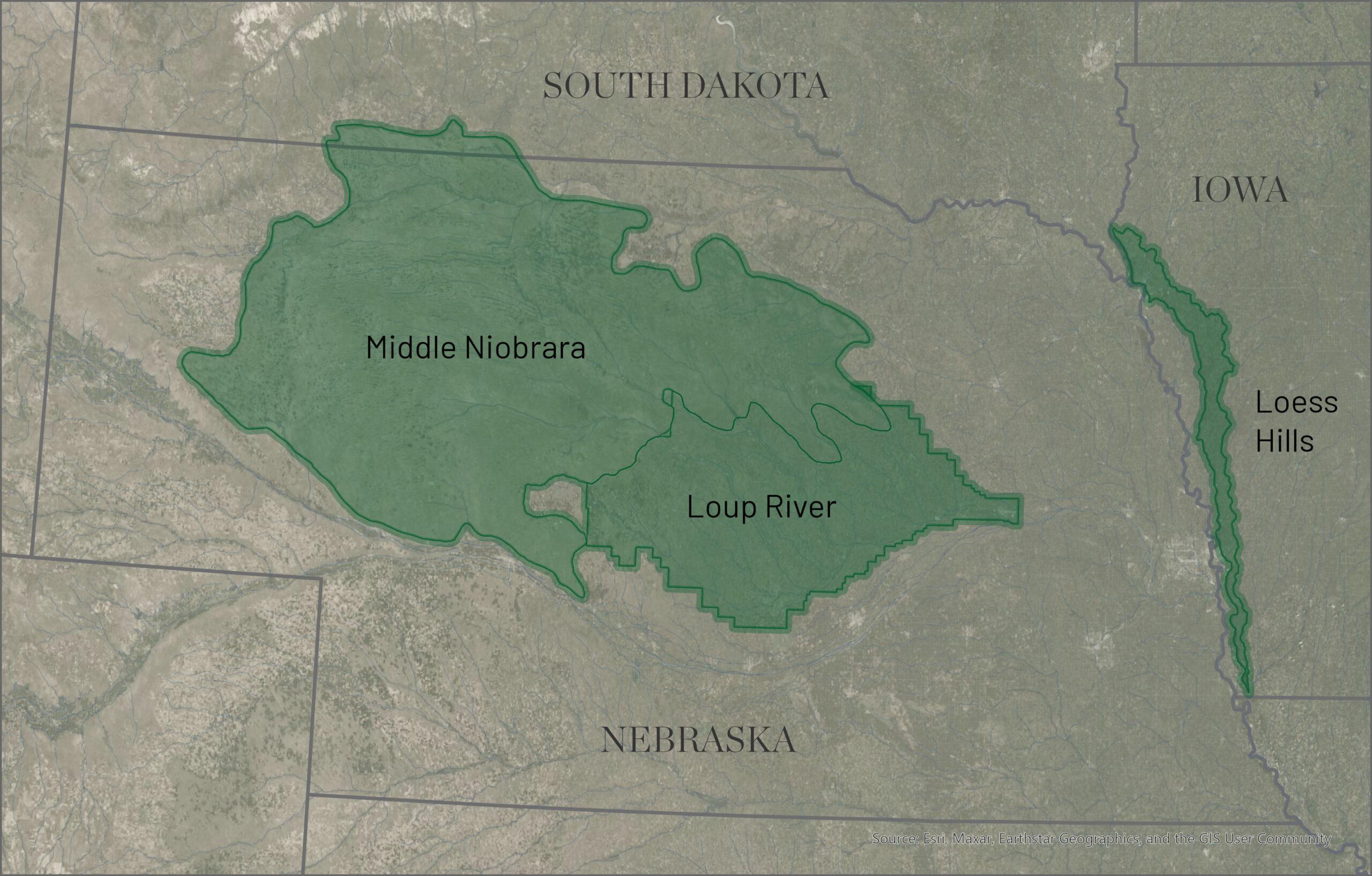
FLN
- SINCE 2002


